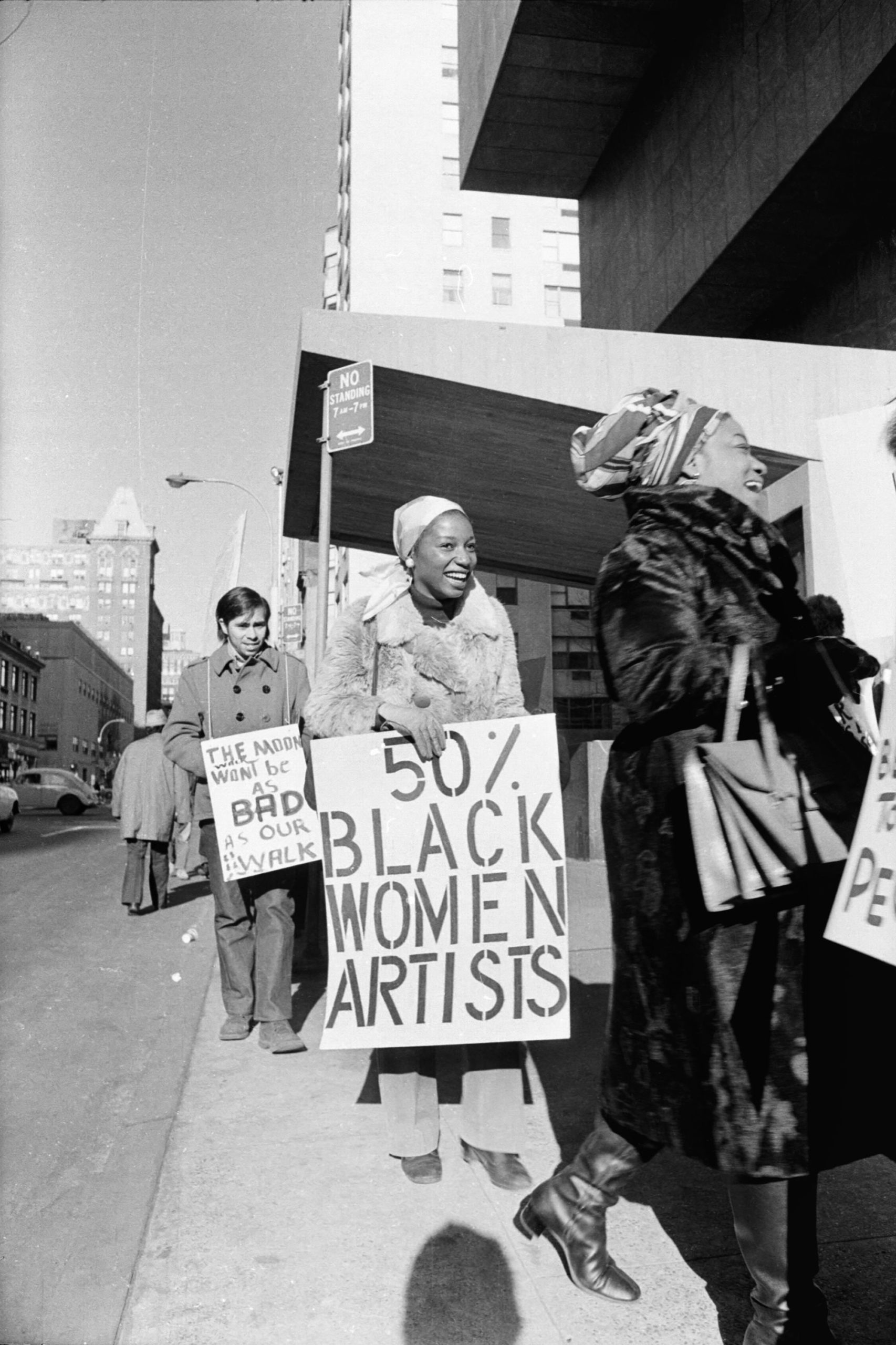Jan van Raay, Faith Ringgold (right) and Michele Wallace (middle) at Art Workers Coalition Protest, Whitney Museum, 1971
© and courtesy the artist
“If we are going to bring about a better world,” Mary Ann Weathers wrote in her 1969 essay “An Argument for Black Women’s Liberation As a Revolutionary Force,” “where best to begin than with ourselves?” More than a rhetorical device, this salient inquiry encapsulates the heart and pulse of a black women’s liberation movement that sought to disrupt the discourses of second wave feminism—which primarily served the interests of white, middle-class women—and a Black Power movement that, at times, reinforced patriarchal authority. In doing so, a generation of black women such as Weathers sought to assert a political ideology that firmly centered the lives and interests of black women.
It is through this lens of reclaiming power that visitors should consider the exhibition, We Wanted A Revolution: Black Radical Women 1965–85, currently on view at The Brooklyn Museum. Organized by Catherine Morris, Sackler Family Senior Curator for the Elizabeth A. Sackler Center for Feminist Art, and Rujeko Hockley, the museum’s former Assistant Curator of Contemporary Art and now Assistant Curator at the Whitney Museum of American Art, the exhibition examines the ways in which the cultural production of black women artists during this time period articulated a new message of radical politics. Featuring the work of more than forty artists whose practices span the mediums of sculpture, performance, painting, and photography, the exhibition responds critically to a longstanding gap in the history of art. Following the recent symposium on We Wanted a Revolution, I spoke with Morris and Hockley about the specific ways photography is deployed throughout the exhibition. —Jessica Lynne
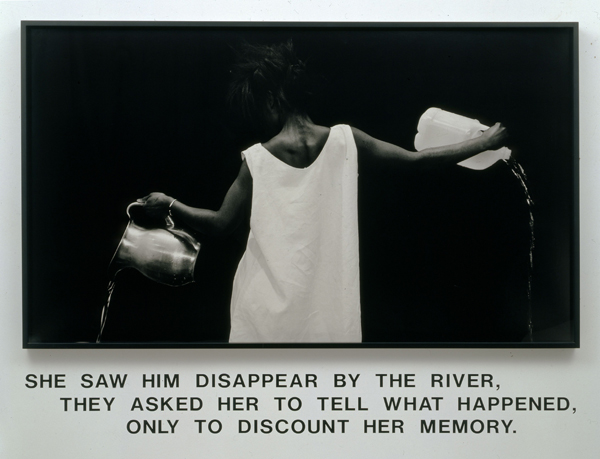
© and courtesy the artist
Jessica Lynne: This exhibition has been a few years in the making. Could you talk about the impetus of the project and why it was vital for the show to exist within the museum’s series A Year of Yes: Reimagining Feminism at the Brooklyn Museum?
Catherine Morris: Several years ago, we started thinking about how the projects we were focusing on pushed against historical orthodoxies, and about second wave feminism, which is the foundation of the Sackler Center. What are the stories that aren’t told? It came down to an exercise of revising revisionism. Revisionist history is one of the most important contributions feminist theorizing has made to the history of art, but it was time to turn that method on itself. We Wanted a Revolution captures that spirit.
Rujeko Hockley: Exactly. A lot of We Wanted a Revolution came out of my work in graduate school and the work I had done about women of color and black feminism outside of the art world. There is an institutional history here vis-à-vis the museum’s community gallery, a space that existed from 1968 to ’86 which was a problematic space in some ways. And a lot of the work in the show is part of the Brooklyn Museum’s collection, including a Black Arts Movement collection of work acquired by the museum in 2012. We are building on institutional history and bringing out stories that we ourselves didn’t necessarily know that well.
Morris: This pertains to the subject of photography as well. One of the really important things that comes out, I hope, is the history of art in relation to the tradition of activism—ad hoc organizing, building of coalitions, and direct action. The exhibition starts with the ’60s-era Spiral Movement and AfriCOBRA [African Commune of Bad Relevant Artists, founded in 1968]. It ends with Carrie Mae Weems and Lorna Simpson, who, beginning in the 1980s, took up this mantle in a new, intellectual relationship to images, particularly images of black women, but also the overall critique of imagery and interrogation of our assumption of how images are read.
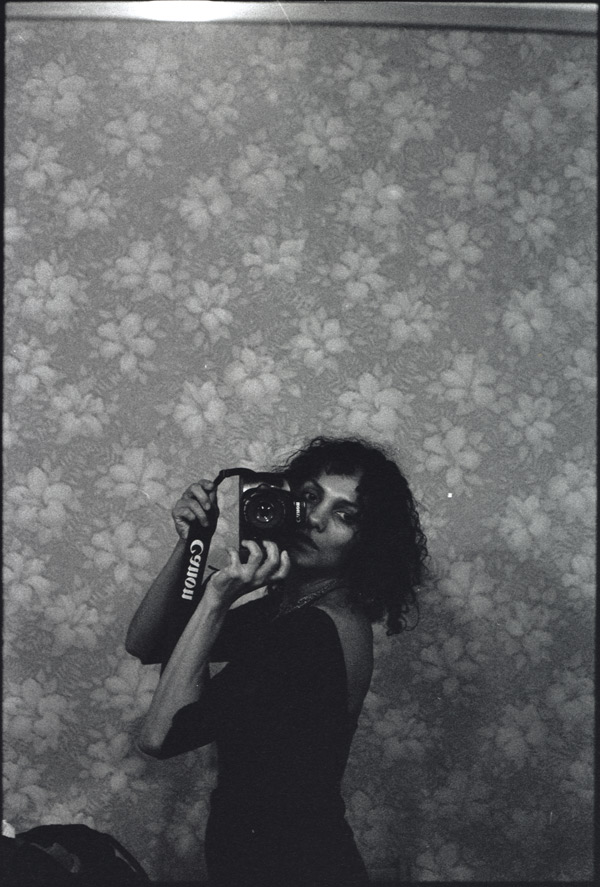
Courtesy Steven Kasher Gallery
Lynne: Photographic images exist in a few different ways in the show. We see, for example, performance documentation, formal portraiture, and self-portraiture through the work of artists such as Ana Mendieta and Ming Smith. From a curatorial standpoint, what is gained from using the image in this multifaceted way?
Morris: Photography played a role in the transition from modernist formalism to the emergence of conceptual art. The project I organized with Vincent Bonin, Materializing “Six Years”: Lucy R. Lippard and the Emergence of Conceptual Art (2012), points to the very strong links between conceptual practices and politics. Photography is one of those threads by which you can really trace that connection and I think We Wanted a Revolution does that, too.
Hockley: I agree fully. One of my greatest dreams for this exhibition and for the accompanying publication was that it could be taught as a history of American art from 1960 to the 1980s. As Catherine said, during this period, photography became a fully legitimized art form. This is also the period of performance and artists moving out of the studio, of artists moving into public space. And how do you document that? In photographs.

© Dindga McCannon and courtesy the Dindga McCannon Archives, Philadelphia, PA
Morris: The history of photography in this period is that mash up of the personal and the political, and a transition in conceptual practices. You see that great shot of the women in “Where We At” Black Women Artists [founded in the 1970s] that is purely these folks documenting themselves. And you move back and forth between Jan van Raay’s documentation of Faith Ringgold, Michele Wallace, and BECC [Black Emergency Cultural Coalition] as a public journalistic method, and then you move into Conceptual practices like those of Lorna Simpson, Coreen Simpson, and Ming Smith.
Hockley: The exhibition is about self-determination, about women of color speaking for and to themselves. At the time, there was a lack of interest and understanding of black women coming from the mainstream feminism movement, and a lack of the same from the Black Power movement.
Morris: The exhibition also shows how fully engaged these artists are within the art world. “Where We At” brought in professionals to tell to them about portfolios. There was a very clear interaction between community-based organizing politics and art world politics.
Hockley: And the power of having a group photographer, and using the image, to create an archive. The archive is incredibly important to the show, but it also incredibly important to the people in the show! They kept everything.

Courtesy the artist
Lynne: As you were thinking about how the exhibition might look, was there ever a moment you considered grouping artworks by medium?
Hockley: The artists wanted to speak in their own voices; they wanted to tell their own stories. They also wanted to be contextualized by scholars, and to be read art historically. So, we organized the exhibition by theme—historical moments, exhibitions, collectives, etc. This was a way to remove an overly didactic curatorial frame, but also to let the artists’ moment shine, which created a roughly chronological feel. It became interesting to see the places in the exhibition in which people pop up over and over again, people like Faith Ringgold, but also people like Coreen Simpson.
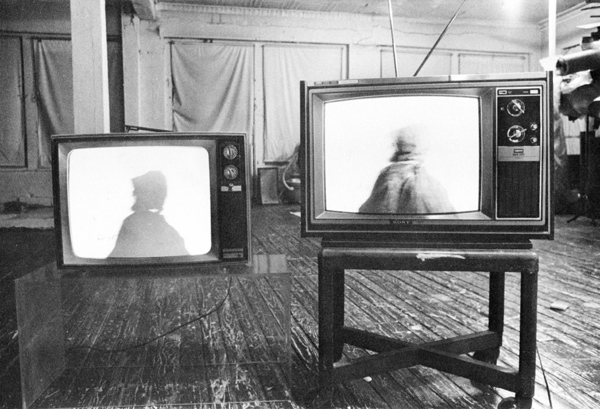
Courtesy the artist and Garth Greenan Gallery, New York
Morris: The best way to give the exhibition breathing room was to unfold the story in the way it actually unfolded. I don’t think we ever had a discussion about formal relationships that we might want to highlight.
Hockley: But then, that formal approach kind of happened anyway. That was one of the beautiful surprises of installation.
Morris: Yes, it’s one of the reasons I love being a curator—the opportunity to see what the objects will do when you put them in a room together.
Hockley: And to be surprised, to see those moments of synergy. Painting begins the show and we end in new media.
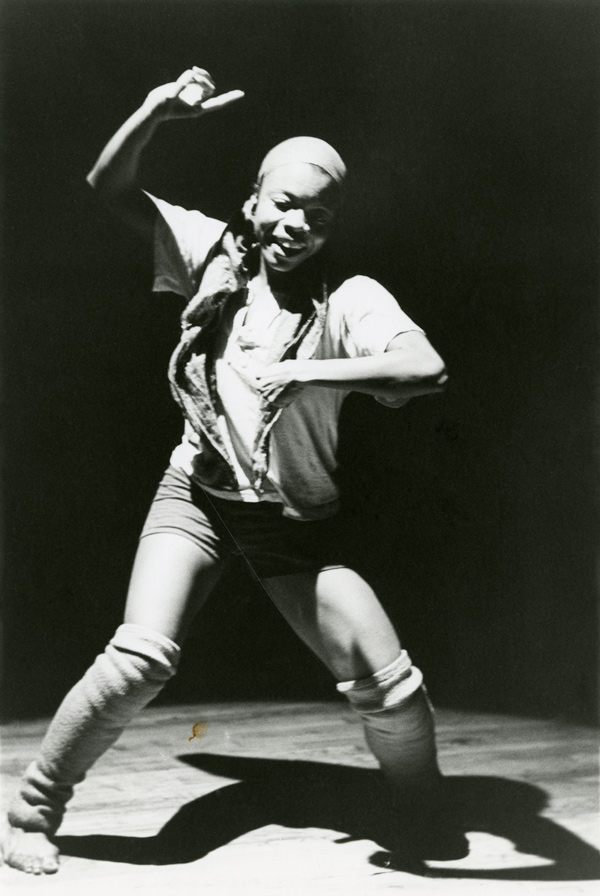
© the Estate of Lona Foote and courtesy Howard Mandel
Lynne: Performance documentation excels within the exhibition. I’m thinking of Senga Nengudi’s Ceremony for Freeway Fets (1978). You have treated these works as formal, artistic and photographic art objects. How do you negotiate that within the larger context of this new media moment?
Hockley: The choices that performance artists make at the moment of creation impacts the work forever. Ceremony for Freeway Fets, for example, only exists as photographs. In a film by Barbara McCullough, Shopping Bag Spirits and Freeway Fetishes: Reflections on Ritual and Space (1979), which is not in the show, there is brief footage of Ceremony for Freeway Fets. That is the only moving image documentation, of that work. But I don’t think Senga thinks of herself as a photographer. Similarly, Lorraine O’Grady’s Mlle Bourgeoisie Noire (1980–83) and Rivers, First Draft (1982) live as photographs, even though O’Grady isn’t a photographer.

© the artist / Artists Rights Society (ARS), New York and courtesy Alexander Gray Associates
Morris: To me, the dicier question always comes up about re-performing. I am much more suspicious about how one can adequately restage something, and if one should. So, these materials, and this way of documenting performance, is absolutely of the time, and that is why it fits in the show.
Hockley: It is different in the dance world than the contemporary art world. What is the difference, for example, between Blondell Cummings’s Chicken Soup (1981) and the Rodeo Caldonia High Fidelity Performance Theater Collective’s documentation of their performances? Both have different relationships to documentation. I’m sure Chicken Soup has been performed by other people and could be. That is the way that dance exists. Choreography belongs to someone but it is also made to be performed by many different people. I have seen Revelations many times, but never with Alvin Ailey. It is powerful every time.

Courtesy the artist and Hauser & Wirth
Lynne: What surprises did you encounter throughout your research?
Morris: We got really excited about some objects that we were able to shake out of the bushes. When you are doing primary research, people come to you. That is one of the most rewarding parts, because you know this is the first of what has to become multiple projects. The Sourcebook has long-term value that will contribute to those future conversations. It will allow other people to understand what we set out to do.
Hockley: And have a broader context. We went to see Linda Goode Bryant [founder of the Just Above Midtown Gallery] and she had her whole JAM archive for us. We live, live, live, live for those moments. One of the most surprising and satisfying things was the connection between research, scholarship, and real things in the world. We saw a reference in an art journal to a piece by Betye Saar, Liberation of Aunt Jemima: Cocktail (1973). We sent the reference to Saar’s gallery, Roberts & Tilton, and they cross-referenced it with Saar’s impeccable records. Saar was then able to find the piece, and to connect us with the collectors, who live in downtown New York. We went to their house and borrowed it. And now it is in the show!

© and courtesy the artist and Jack Shainman Gallery, New York
Morris: And it has never been on public view before. The other thing is, the show continues to reverberate and feel ever more important to the contemporary conversations. When we started this conversation two years ago, we had no idea the election would end the way it would, and that we would need this show. Looking at social media since the show opened, the need that people have for this show is not something you can plan for. But it feels to vitally important.
Hockley: Catherine and I have had an unshakable belief in the necessity of the show from the earliest moment. We were both so invested, to the point of compulsion, probably insanity! Our colleagues at the Brooklyn Museum, they were like, We don’t know what you are talking about, and we don’t understand what is happening, and we don’t know why you keep adding things to the checklist. But we were determined that it had to be amazing. It resonated with us in such a profound way.
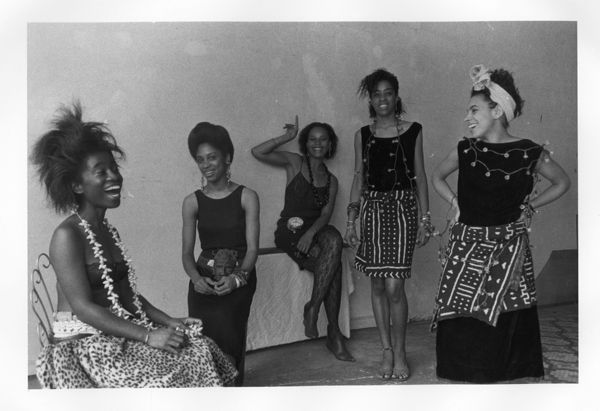
© and courtesy the artist
Lynne: I am certainly also thinking about the contemporary moment. I consider the Sourcebook and the exhibition to be types of black feminist texts. You both remark in your introductory essay to the Sourcebook that feminism, as a word, wasn’t and still often isn’t used within black women’s communities in particular, and yet, this exhibition allows us to understand the lives of these women artists within the very real and urgent ideological framework of black feminism. The Sourcebook in particular functions as an extension of feminist thought. Long after the exhibition is down, there is this text that can circulate and revive itself. And that is equally as important as the work and the stories of these artists, their lives.
Morris: Using the word feminism or not—and I will use it for this conversation as we have yet to find the perfect language—feminism existed and it was happening. The whitestream world of the Brooklyn Museum and the Sackler Center needs to know that. So does everyone else! Walking through the show, and being at the symposium, I thought, “Holy shit, this happened.” Having this exhibition means that history gets rewritten, which it needs to be. And that history needs to be more complex, and more interesting, and more vibrant, and made more pertinent.
Hockley: Instead of being comparative, relational, or responsive to whitestream feminism or accepted narratives of feminist art history, we were committed from the beginning to centering the work and experiences of the women in the show. We were talking about them. This conversation isn’t that long ago. These people are still alive. They are here.
Morris: And they are still making work. They are still working artists.
We Wanted a Revolution: Black Radical Women, 1965–85 is on view at the Brooklyn Museum through September 17, 2017.










